- Share
- Like
- Tweet
- Digg
- Tumblr
- VKontakte
- Love This
- Odnoklassniki
- Meneame
- Blogger
- Amazon
- Yahoo Mail
- Gmail
- AOL
- Newsvine
- HackerNews
- Evernote
- MySpace
- Mail.ru
- Viadeo
- Line
- Comments
- SMS
- Viber
- Telegram
- Subscribe
- Skype
- Facebook Messenger
- Kakao
- LiveJournal
- Yammer
- Edgar
- Fintel
- Instapaper
- Copy Link
After a construction period of two years, the new Royal Picture Gallery Mauritshuis in The Hague, opened its doors to the public. Hans van Heeswijk Architects doubled the surface area of the famous Netherlands museum through a complex and spectacular underground intervention. The dramatic, yet subtle intervention has solved the logistical problems facing the constantly busy, much – visited museum.

Image © Hans Van Heeswijk Architects
The Royal Picture Gallery Mauritshuis, which houses a world-famous collection of 17th-century Dutch and Flemish paintings, is among the most remarkable surviving examples of 17th-century architecture in the Netherlands. The building was originally designed as a residence, and had long suffered as a result of the immense popularity that it gained as a museum.
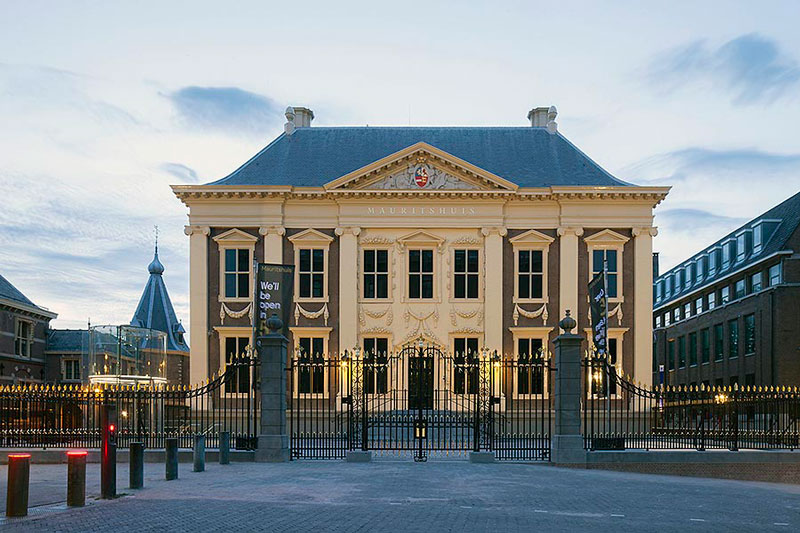
Image © Hans Van Heeswijk Architects
Following on from the Hermitage Museum Amsterdam, this project succeeds too because we were able to work with an enormously dedicated team of specialists that devoted all of their energies to the realisation of this beautiful design.
– Hans van Heeswijk, architect founder of Hans van Heeswijk Architects in Amsterdam
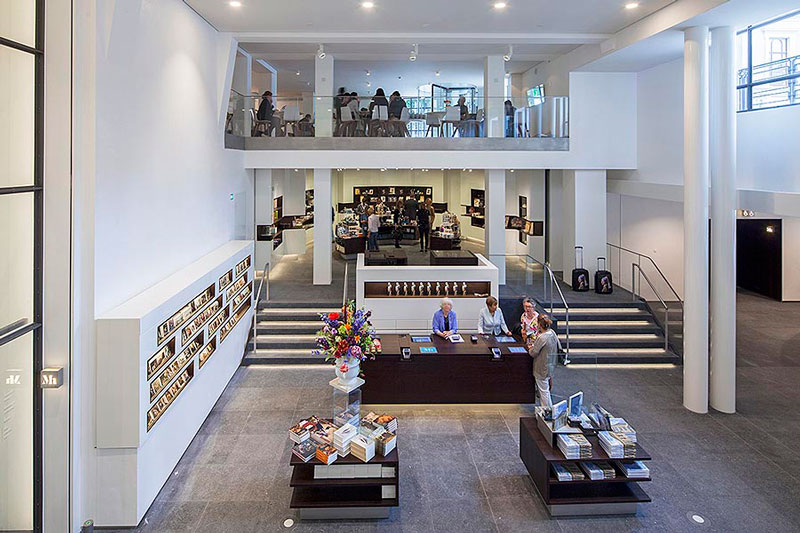
Image © Hans Van Heeswijk Architects
Architect Hans Van Heeswijk took inspiration from I.M. Pei’s famous renovation of the Louvre in Paris, as well as Apple’s New York flagship store. The proposed solution features a carved out space for a new entrance, museum shop, restaurant and cloakroom.
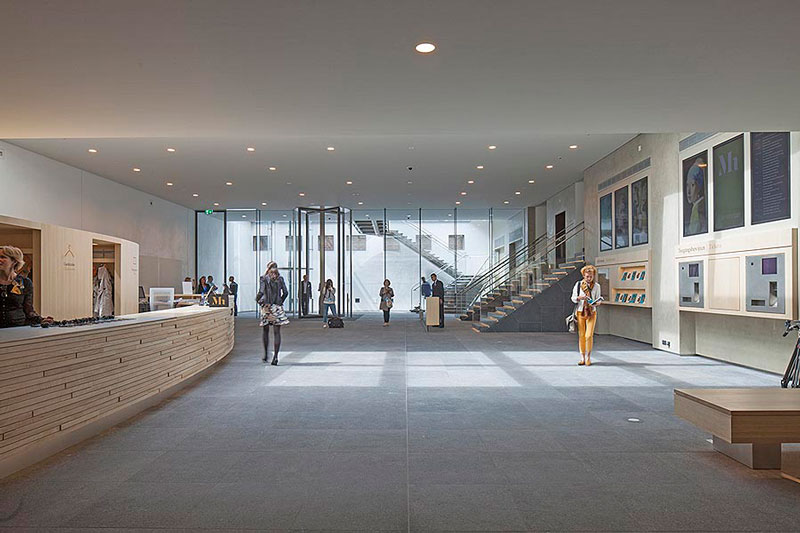
Image © Hans Van Heeswijk Architects
The 17th century building is now connected to its new wing and a further extension in the former clubhouse building across the street, through a generous underground entrance foyer measuring 15 meters by 50 meters. The two historic buildings, completely different in age, structure and prestige, are now welded together by a 6 meter foyer below ground level. The expansion includes additional educational spaces and offices, a library, a lecture hall, and an exhibition hall for temporary exhibitions.
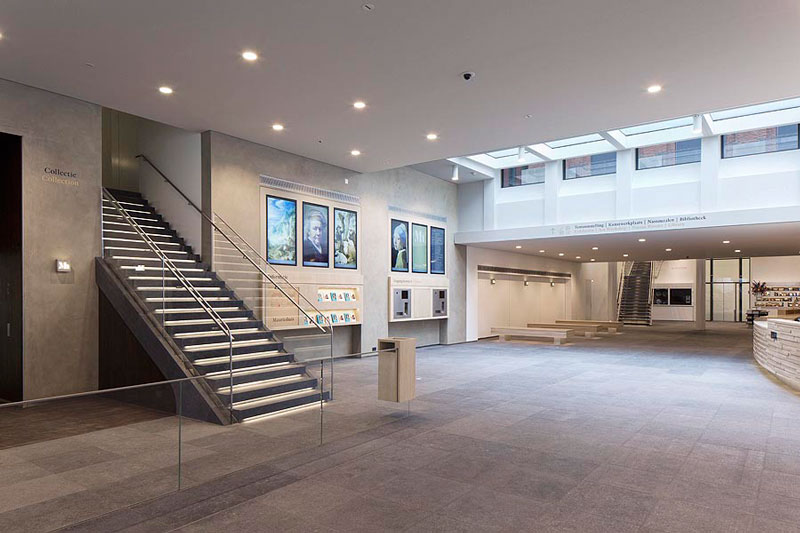
Image © Hans Van Heeswijk Architects
The expansion by Hans van Heeswijk Architects is characterized by an introverted brightness which knits the three styles together: the 17th-century Dutch classicism of Jacob van Campen’s Mauritshuis (1644); the 1930s Art Deco of Jo Limburg’s Plein 26; and the contemporary architecture of the new subterranean extension. Thanks to its lofty 5-m height, the lobby provides a peaceful transition between classicism and Art Deco.
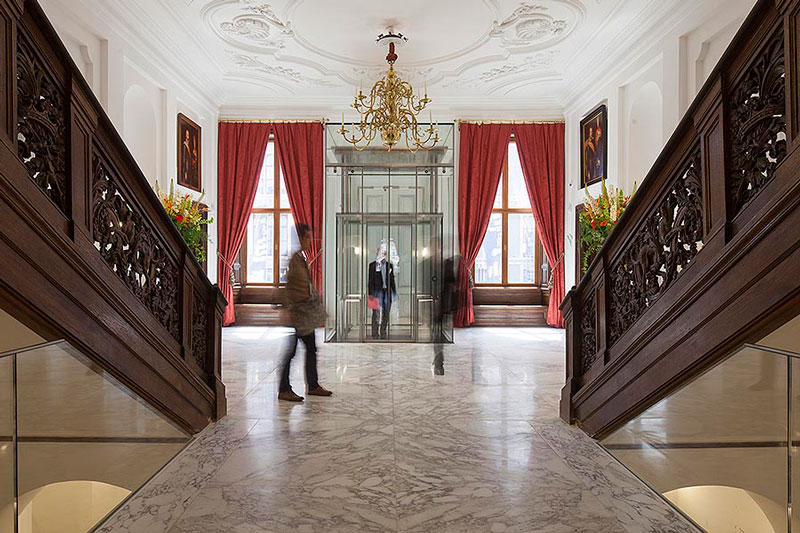
Image © Hans Van Heeswijk Architects
The central theme of the design is marked by the daylight flooding the underground square. The architects managed to bring in a surprising amount of natural light, by inserting glass floor-panels into the street, letting natural light penetrate the space from all sides.
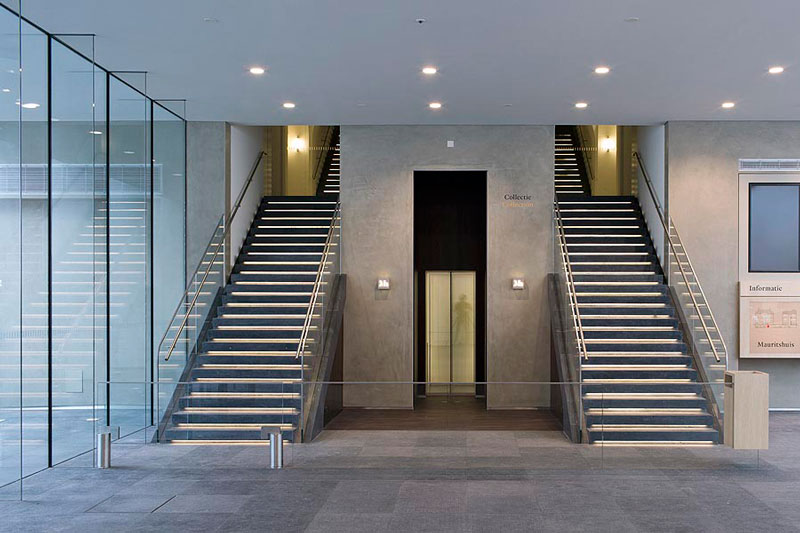
Image © Hans Van Heeswijk Architects
On the other side of the building, on a spur of the Hofvijver, a spacious void has been created through which the visitor elevator and stairs descend: daylight flows abundantly through this space down into the entrance hall. As you enter the hall, you immediately see the oval reception desk, the stairs and the elevator to the Mauritshuis on the left, while at the end is the museum shop and the entrance to Plein 26. For orientation and to avoid a basement feel, windows were added to both sides of the hall, so that buildings and traffic can be seen from inside, while outside passers-by can get a glimpse of the hallway.
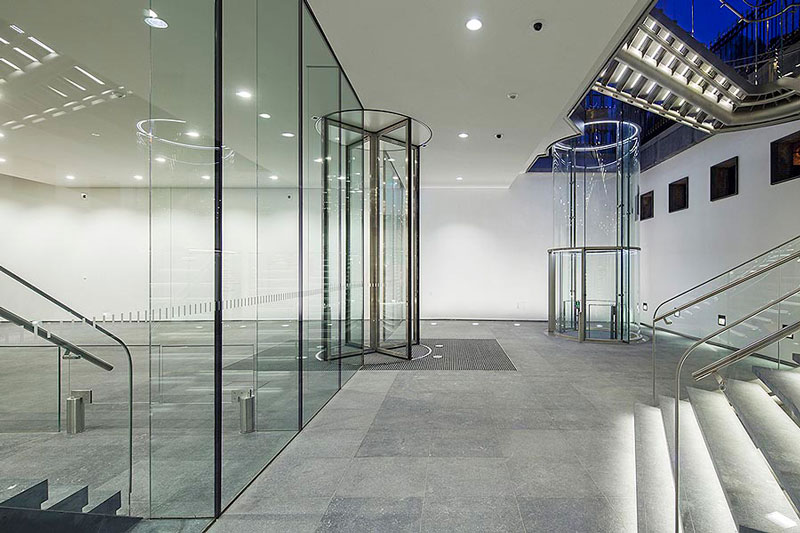
Image © Hans Van Heeswijk Architects
To keep in tune with the transparency theme, Hans van Heeswijk developed a lift that is entirely made of structural glass, both shaft and cabin, without the support of steel structure. Being a historic building, placing a lift in the central hall of Mauritshuis was not permitted, therefore a fully transparent glass lift in the vestibule of the main entrance was a good alternative solution.
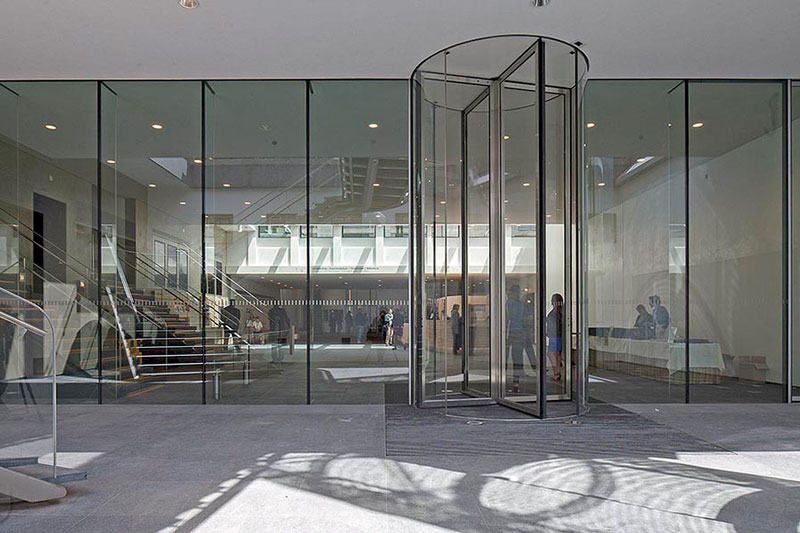
Image © Hans Van Heeswijk Architects
It ensures that when visitors enter the Mauritshuis, it is on the central axis of the classical Dutch palace, following the symmetry of Van Campen’s design.
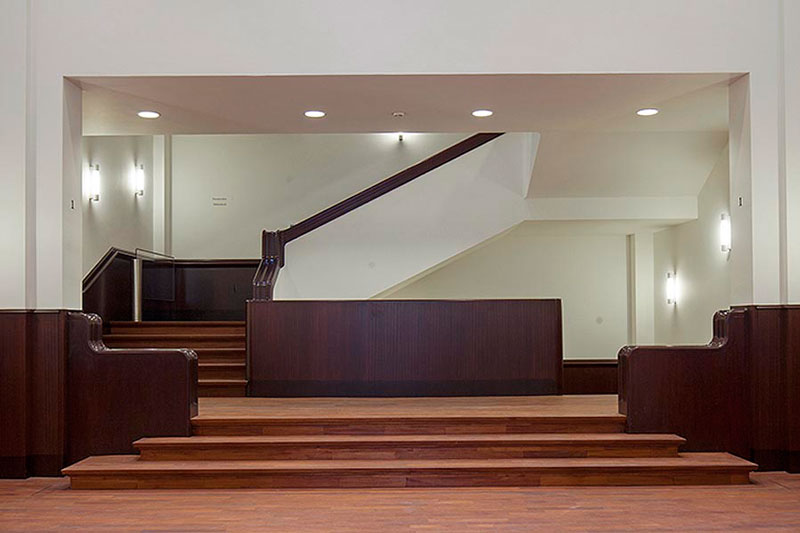
Image © Hans Van Heeswijk Architects
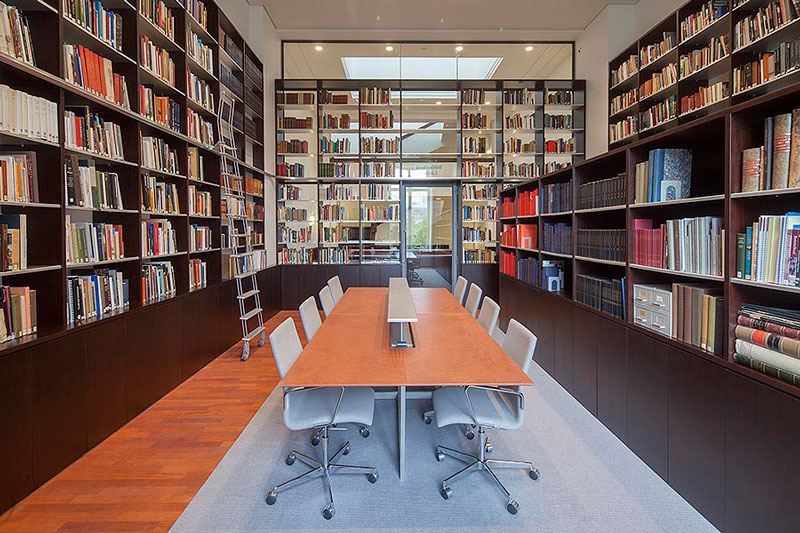
Image © Hans Van Heeswijk Architects

Image © Hans Van Heeswijk Architects
*Al images and information courtesy of Hans van Heeswijk Architects.
